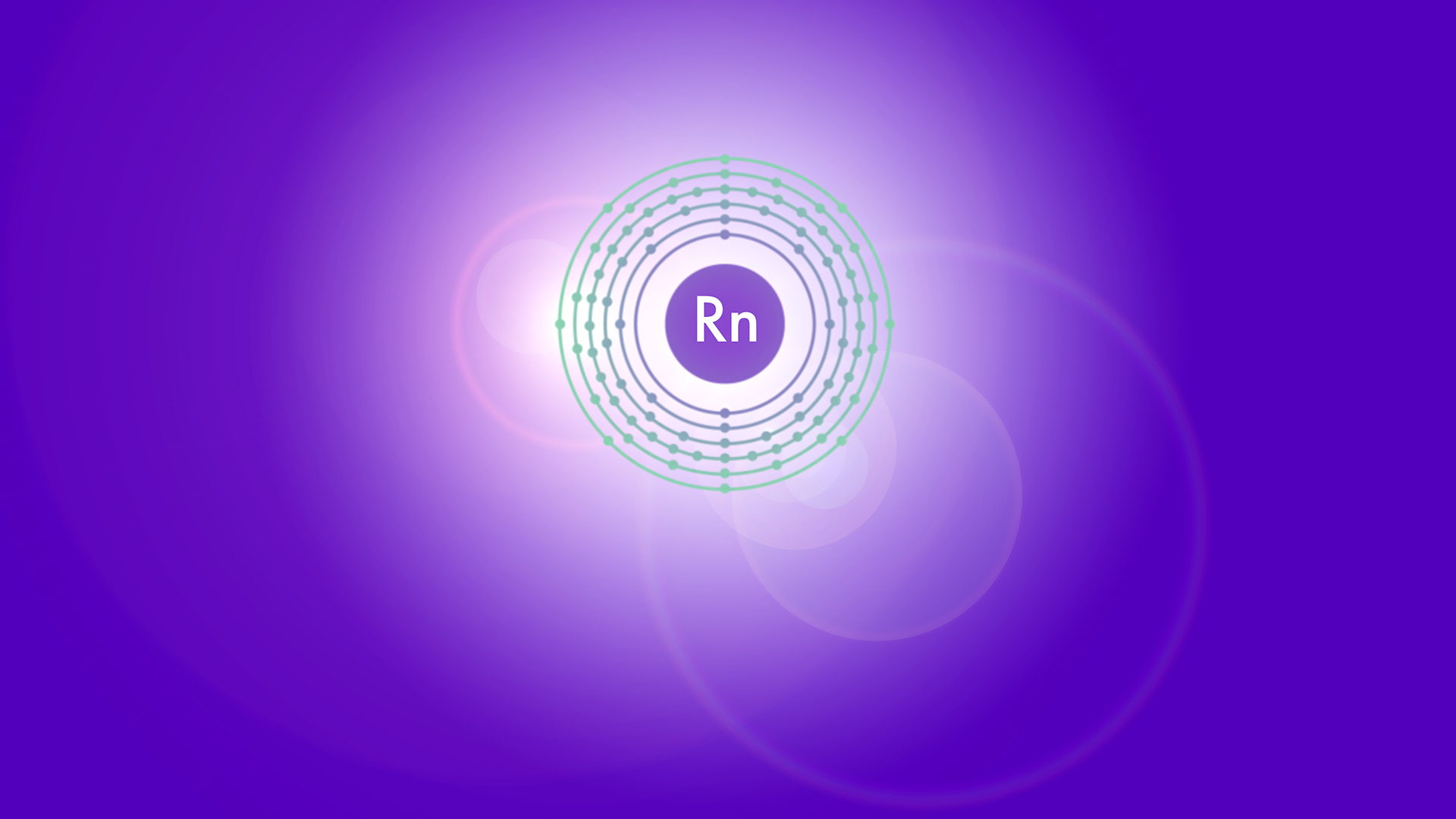Considered a carcinogenic element, radon (222Rn) tends to accumulate in air in buildings with poor ventilation. Its control and the minimization of its inhalation is essential to avoid damage to the exposed population. It is essential to have the appropriate techniques and methodologies for its measurement from its source of origin (soils and rocks, groundwater, rivers, lakes or building materials).
Due to the high variability of radon gas, it is also important to analyze its behavior during its accumulation in closed spaces, the physical processes that characterize its exhalation and emanation from solid materials or its transfer and release from water to the air. This last process requires an experimental device development to carry out the tests under controlled conditions allowing the simultaneous analysis of radon concentrations in water and in air. After selecting the equipment material, impermeable to radon and the generating source, a radon measurement protocol in water must be developed including water sampling and guarantying the homogeneity of the gas inside the equipment.
The main objective of this research is the development of the experimental device for the determination of the release of radon in water. Two processes are analyzed: the method of extracting the water from inside the tank and the homogeneity of radon gas in water, also inside the tank.
For this purpose, a high-density polyethylene tank is filled with 50 L of radon-free water. Inside the tank, a radio source is submerged, thus, allowing the enrichment of the aqueous medium.
In the first test, two devices are installed: a syringe and a tap, both located 240 mm above the base of the tank. Water radon concentration is analyzed using the Hidex 600 SL scintillation detector. From the results obtained, the dispersion of the results is calculated using the bias and the ratio, both presenting acceptable values. It is verified that the two extraction systems can be used interchangeably.
In the second test, two taps (Tap A and Tap B) are installed at two heights: 240 mm and 160 mm above the tank base. Water radon concentration is determined by the Hidex 600 SL detector and both the bias of the values obtained and their(its) ratio are calculated. In this case, results also validate its indistinct use and verify the homogeneous distribution of radon gas in the water.
For operational reasons, and for future tests, the tap has been selected as the extraction method at a height of 240 mm.







